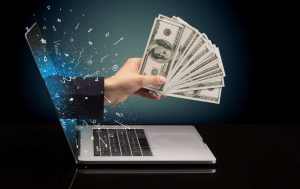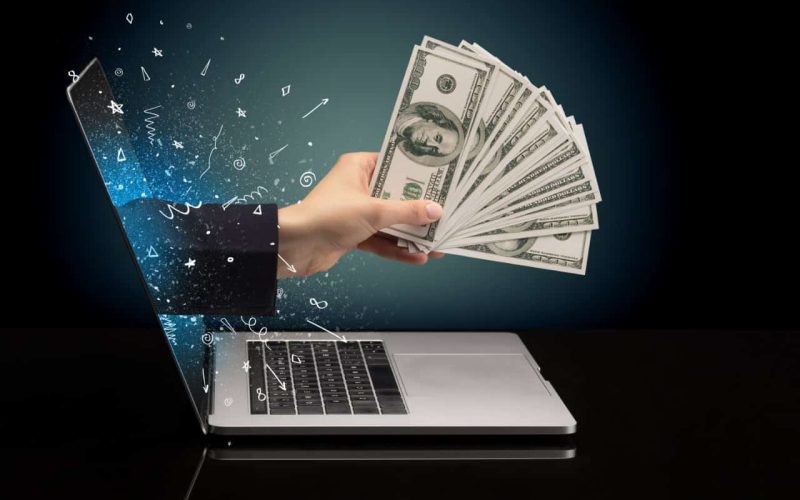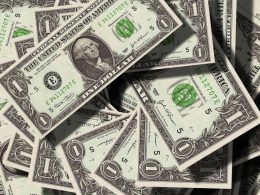Interest rates are a crucial tool used by central banks worldwide to regulate economic activity. One of the most significant ways interest rate changes affect the economy is through consumer spending. Consumer spending drives a significant portion of economic growth, and understanding how interest rates influence this behavior is essential for policymakers, businesses, and consumers alike. This article will explore the relationship between interest rate changes and consumer spending, focusing on how these changes impact different aspects of financial decision-making, the broader economy, and future growth.
Interest rate changes are a powerful economic lever that central banks, such as the Federal Reserve in the United States or the European Central Bank, use to manage inflation, control economic growth, and stabilize financial systems. When central banks raise or lower interest rates, it directly affects the financial behaviors of businesses and consumers, including borrowing, saving, and spending. Consumer spending, which typically makes up 60-70% of a country’s GDP, is particularly sensitive to fluctuations in interest rates, making it a key area of focus for understanding the broader economic impacts.

The Role of Interest Rates in the Economy
Interest rates represent the cost of borrowing money. When the rates are low, borrowing becomes cheaper, encouraging businesses to invest in expansion and consumers to spend more on goods, services, and large-ticket items such as homes and vehicles. Conversely, when interest rates rise, borrowing becomes more expensive, which often leads to reduced consumer spending and business investment.
Central banks manipulate interest rates to achieve macroeconomic stability. For example, in times of economic downturn or recession, they may lower interest rates to stimulate spending and economic growth. On the other hand, when the economy overheats, and inflation becomes a concern, central banks may increase rates to cool down consumer demand.
How Interest Rate Changes Influence Consumer Spending
Interest rate changes have a broad and multifaceted impact on consumer spending behavior. When interest rates are adjusted, consumers respond by modifying their financial decisions in areas such as borrowing, saving, and investing.
- Lower Interest Rates: Lower interest rates decrease the cost of borrowing, making loans more affordable. This encourages consumers to take out loans for homes, cars, and other big purchases. Moreover, reduced interest rates may decrease mortgage payments or credit card debts, leaving consumers with more disposable income.
- Higher Interest Rates: Higher interest rates make borrowing more expensive, discouraging consumers from taking out loans or using credit. As a result, they may delay major purchases and focus on paying down existing debt rather than spending money.
The effect of these changes can vary depending on economic conditions, consumer confidence, and financial stability.
The Direct and Indirect Effects of Interest Rate Changes
Interest rate changes influence consumer spending both directly and indirectly. Understanding these effects is key to comprehending the full scope of how interest rates affect consumer behavior.
Direct Effects:
- Cost of Borrowing: One of the most immediate effects is on the cost of borrowing. When rates go up, loans, mortgages, and credit card interest become more expensive, reducing disposable income and discouraging new debt accumulation.
- Income on Savings: Higher interest rates benefit savers, as they can earn more on their savings accounts, certificates of deposit (CDs), and bonds. This might encourage people to save more rather than spend, dampening overall consumption.
Indirect Effects:
- Housing Market: Rising interest rates can cool off the housing market as mortgage costs increase, reducing the number of buyers. This downturn can affect consumer spending on home-related goods and services like furniture, renovations, or appliances.
- Stock Market and Investments: When interest rates rise, stock prices may fall as investors seek safer, higher-return fixed-income investments. A decrease in stock values can lower consumer wealth, especially for those with substantial investments, reducing their willingness to spend.
Both the direct and indirect effects play a crucial role in the broader economic cycle and individual financial well-being.
Impact on Loans and Credit
Changes in interest rates have a significant effect on loans and credit, directly influencing consumer purchasing power. When interest rates are low, people are more likely to take out personal loans, mortgages, or car loans. Lower interest rates reduce monthly payments, increasing cash flow for discretionary spending. This increased access to credit can boost consumer demand for durable goods and services.
However, when interest rates rise, borrowing costs increase, and monthly payments on existing variable-rate loans go up. For example, adjustable-rate mortgages (ARMs) become more expensive, eating into household budgets and leading consumers to cut back on spending in other areas.
Impact on Savings and Investments
Interest rate changes also affect consumer decisions related to savings and investments. When interest rates increase, people are more likely to save their money because they can earn a higher return on their savings accounts or fixed-income securities like bonds. This behavior can lead to a reduction in consumer spending as more income is directed toward savings rather than purchasing goods and services.
On the other hand, in a low-interest-rate environment, saving becomes less attractive because the return on savings is minimal. In such scenarios, consumers may be encouraged to spend or invest in higher-yielding assets, such as stocks, instead of leaving their money in savings accounts.
Impact on Consumer Confidence
Consumer confidence is a critical factor that drives spending decisions, and interest rate changes significantly influence this sentiment. When interest rates rise, consumers often perceive that the economy is slowing down, and this may make them cautious about their financial future. As a result, they might cut back on discretionary spending, contributing to a reduction in overall economic activity.
Conversely, when interest rates are lowered, consumer confidence can increase as borrowing becomes more affordable, and the perception of economic growth improves. This can lead to an uptick in spending on non-essential goods and services, stimulating economic expansion.
Comparative Analysis: High vs. Low Interest Rate Environments
Interest rate environments can dramatically affect consumer behavior, with both high and low interest rate periods presenting unique challenges and opportunities.
| Aspect | High Interest Rate Environment | Low Interest Rate Environment |
|---|---|---|
| Cost of Borrowing | High borrowing costs, reduced loan demand | Low borrowing costs, increased loan demand |
| Savings Returns | Higher returns on savings | Low returns on savings |
| Investment Decisions | More investment in fixed-income securities | Shift towards higher-risk investments |
| Consumer Confidence | Typically lower due to higher costs | Typically higher due to lower costs |
| Housing Market | Reduced activity due to higher mortgage rates | Increased activity due to lower mortgage rates |
| Stock Market | Tends to be bearish as investors seek safety | Tends to be bullish due to low borrowing costs |
Analysis Table: Impact of Interest Rate Changes on Consumer Spending
| Key Factors | Low Interest Rate | High Interest Rate |
|---|---|---|
| Consumer Spending | Increases due to lower borrowing costs | Decreases as borrowing becomes expensive |
| Mortgage/Loan Affordability | Higher affordability, more loans taken | Lower affordability, fewer loans taken |
| Savings vs. Spending | Less savings, more spending | More savings, less spending |
| Consumer Confidence | Boosts confidence, encourages spending | Lowers confidence, discourages spending |
| Investment in Stocks/Bonds | More investment in stocks due to low returns on bonds | Shift towards bonds due to higher returns |
Comparative Table: Effects of Interest Rate Changes
| Impact Areas | Low Interest Rate Environment | High Interest Rate Environment |
|---|---|---|
| Borrowing Costs | Lower | Higher |
| Consumer Spending | Likely to increase | Likely to decrease |
| Loan Demand | Higher demand | Lower demand |
| Investment Preferences | Higher risk assets (e.g., stocks) | Safer assets (e.g., bonds) |
| Economic Growth | Stimulated through consumer demand | Slows as spending contracts |
Conclusion
Interest rate changes have a profound impact on consumer spending, shaping the broader economy and influencing individual financial decisions. Whether through borrowing costs, saving incentives, or consumer confidence, central bank policies on interest rates affect every aspect of spending behavior. For policymakers, understanding these dynamics is crucial for implementing effective monetary policy. For consumers, being aware of how interest rate changes influence spending can help in making better financial decisions, whether it involves borrowing, investing, or saving.












